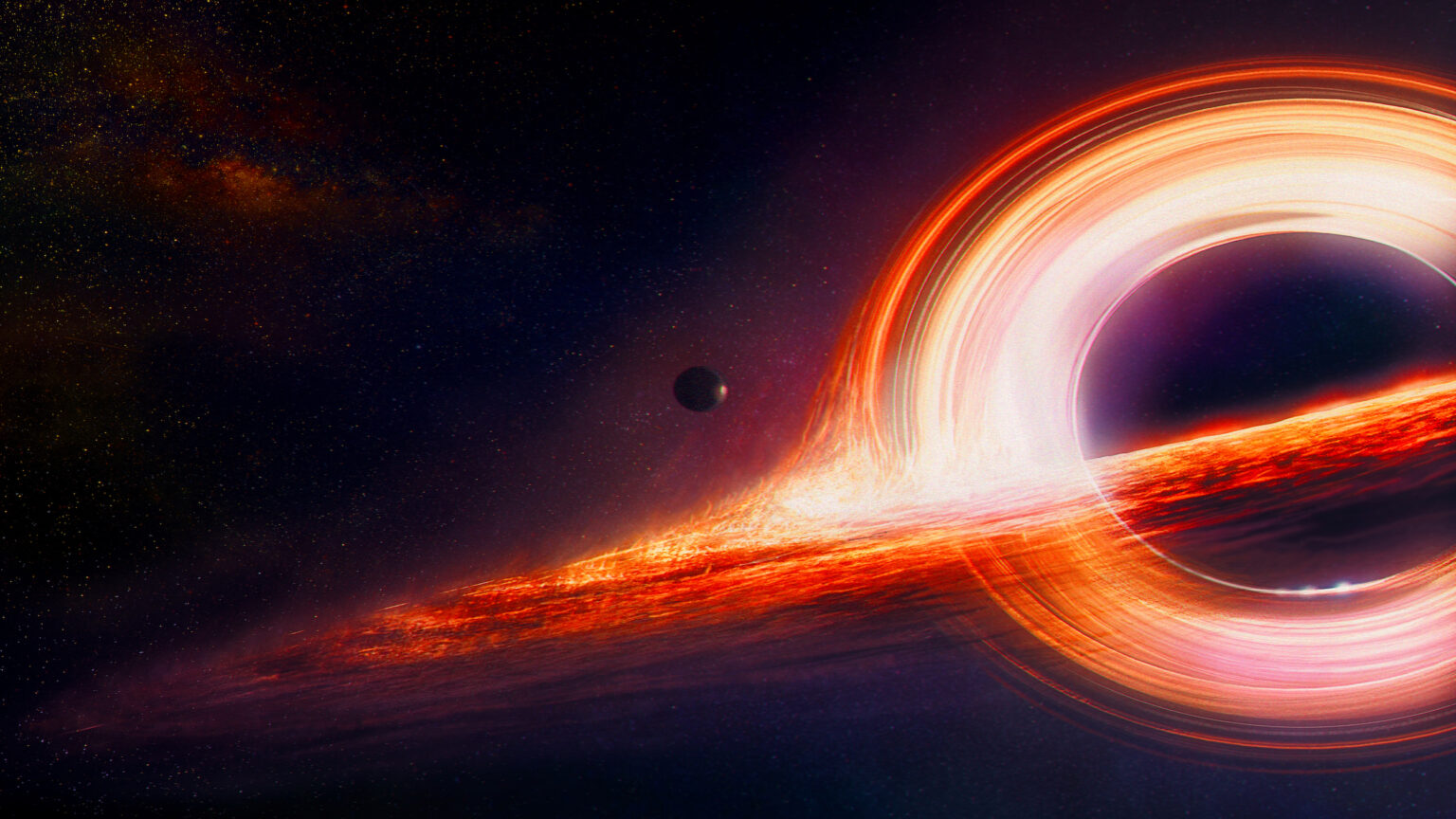Scientists said that they have solved one of the greatest paradoxes in science. It was first voiced by Professor Stephen Hawking and concerned black holes. According to the scientist, the behavior of black holes contradicts two fundamental theories. The authors of a new study claim that they solved this paradox. According to the new discovery, black holes have a feature known as “Quantum Hair”.

Black holes are dead stars that have collapsed and have such strong gravity that not even light can escape. In the first article published in the journal Physical Review Letters, researchers show that black holes are more complex than originally thought. They have gravitational fields containing information about how they formed. Researchers show that a substance, falling into a black hole, leaves a trace in its gravitational field — an impression that is called a “Quantum Hair”.
Stephen Hawking’s Paradox
Hawking’s paradox is explained as follows: According to the rules of quantum physics, information is stored and cannot be destroyed. This defies Hawking’s law. Because as soon as an object gets into a black hole, it disappears forever, together with any information encoded in it. This phenomenon is incompatible with the general principles of quantum mechanics, which is a serious problem. Hawking identified this paradox and continued to confuse scientists for decades.
Professor Xavier Calmette from the University of Sussex, who managed the work, explained that after a decade of work on the mathematics underlying the problem, his team has made rapid progress over the past year. This gave them confidence, and the problem was finally solved.
Solution options
Many solutions were proposed. For example, the “firewall theory”, according to which information had to “burn out” before falling into a black hole. According to the “Hairy ball theorem”, black holes have blurred boundaries and various branches of strings. But most of these theories required rewriting the laws of quantum mechanics or Einstein’s theory of gravity — two pillars of modern physics.
The new theory of “Quantum poetry” claims to solve the paradox by bridging the gap between general relativity theory and quantum mechanics using a new mathematical formula. The name is an allusion to the idea, based on classical physics, that black holes can be considered remarkably simple objects, determined only by their mass and rotation speed. The prophecy of “featureless bald black holes” since the 1970s is called the “no hair theorem”.
“Hairy” black holes
Calmette and his co-workers believe that the black hole is more complicated — or “hairy”. They suggest that when matter collapses into a black hole, it leaves a faint imprint in its gravitational field. This imprint is called “quantum hair”. The authors say that it will provide a mechanism for storing information during the collapse of a black hole. According to this theory, two black holes with the same masses and radii, but with different internal configurations, will have tiny differences in their gravitational fields.
There is no obvious way to test the theory with astronomical observations yet. That’s because gravity fluctuations are too small to be measured. But the theory is likely to be subjected to a thorough analysis by the scientific community.
If the “quantum hair theorem” of black holes passes the test, this may be the first step in combining Einstein’s general theory of relativity with quantum mechanics. This is another unsolved physics problem.

